Truly Sustainable Cell Phone Cases: No Plastics

Protect Both Phone And Planet: Zero Plastic Eco Solutions Available On Amazon
None of us can do without our ever-present phones, and we all want to keep them protected. Phone cases are the go-to solution for this, but unfortunately, most options out there are still made from plastic. Not only is plastic detrimental to our planet, but it's also not always the best material for a phone case in terms of durability and impact resistance. Luckily, we now have brands available that are doing the sustainable thing, offering better protection too!
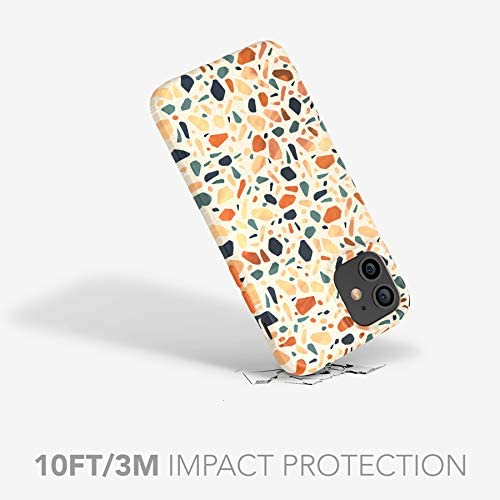
EcoArt Terazzo
How Are Most Cell Phone Cases Made?
The all-important question - is the manufacturing of cell phone cases sustainable and environmentally friendly? To answer this, we first need to delve into just how these cases are made and what materials are used.
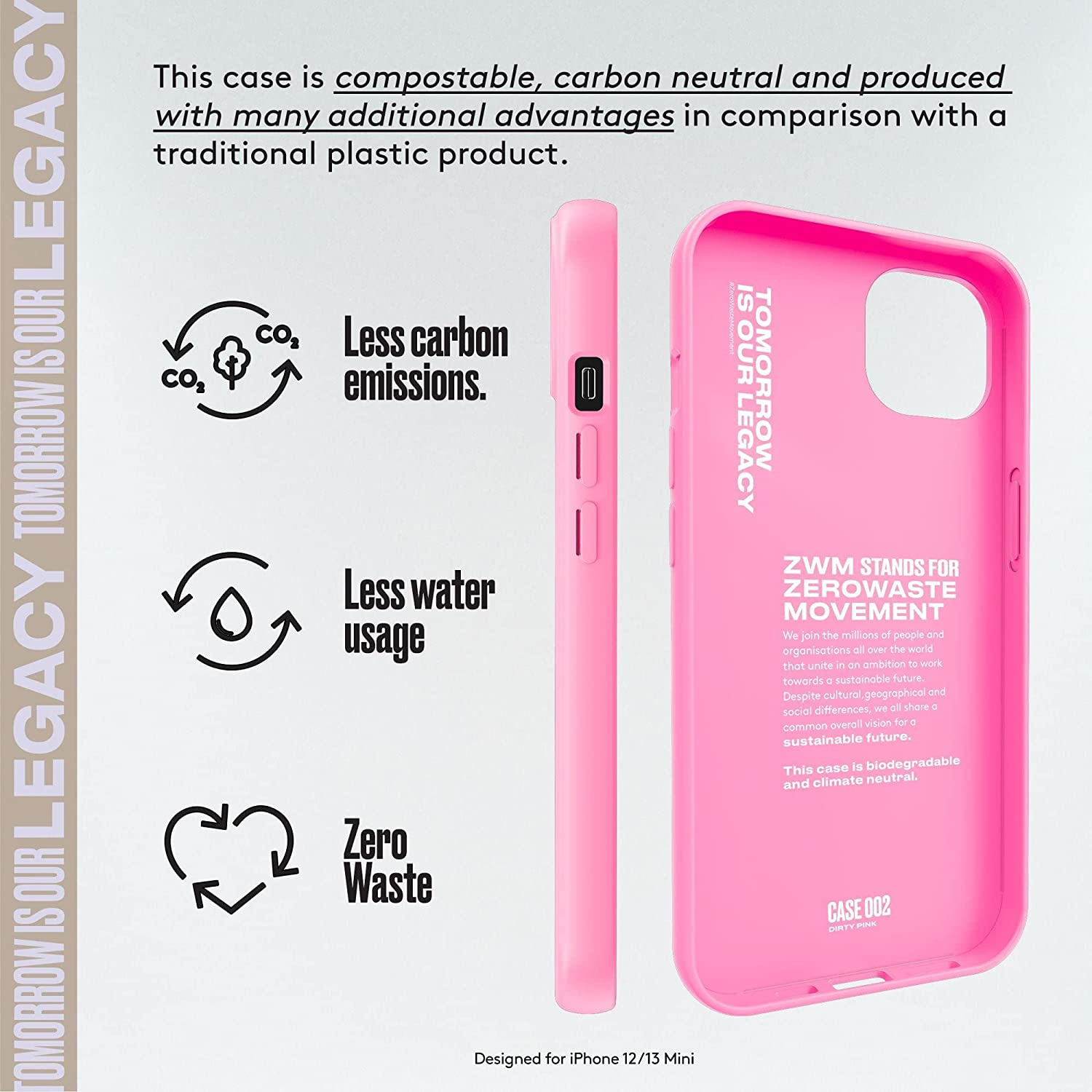
ZWM 100% plant based materials
Not All Biodegradable Cases Are Zero Waste
Most cell phone cases are made through injection molding, a manufacturing process where melted plastic is injected into a mold and then cooled to form the desired shape, molded repeatedly. The plastic typically used is polycarbonate, polyethylene terephthalate or thermoplastic polyurethane (TPU), which are durable and can withstand some impact.
But What About The Planet
There's no doubt the plastic industry is wreaking havoc on on our world.. The production alone of plastic has a significant impact on the environment, from the extraction of fossil fuels to its waste management. While some manufacturers might be taking some steps towards more sustainable solutions and business practices, recycling some plastics, improving waste management or reducing their carbon emissions. However some brands have gone much further, reducing energy needed, emissions produced and eliminating the need for toxic waste management by sourcing sustainable materials.
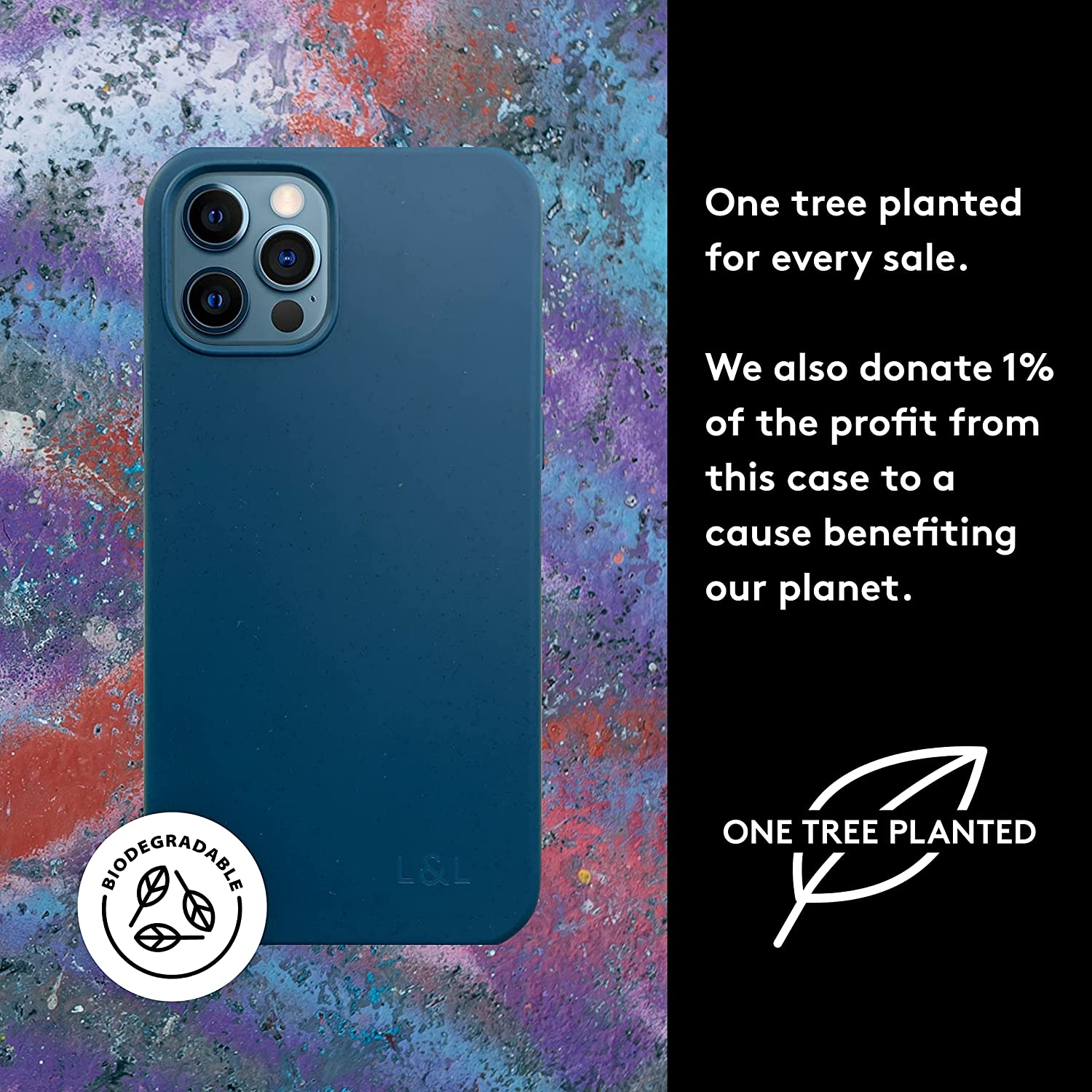
Loam & Lore many color and size options to fit many phones
Let's not forget about the end of a case's life cycle. When a plastic cell phone case is thrown away, it can take hundreds of years to decompose in a landfill. This is where eco-friendly alternatives come into play, such as cases made from sustainable biodegradable materials.
While some industrial businesses attempt to mitigate the toxic waste resulting from their plastics manufacturing, other brands are invested in real sustainable solutions.
Recent Studies Indicate
We are in a world of hurt thanks to plastic waste. Oh boy, where do we even start with the environmental impacts of the plastics industry? It's like opening up Pandora's box of pollution and devastation.

Inbeage Bio Case 100% biodegradable made from plants
Let's talk about our lovely oceans. Did you know that eight million metric tons of plastic waste ends up in the ocean every year? Yeah, you heard that right. And that number is projected to double by 2050.
This plastics waste not only chokes and suffocates marine creatures (some of which we haven't even discovered yet), but it also releases toxins harmful to their health. And when we eat these seafood delicacies, we're basically consuming plastic too. Yum.
Call For Demise Of The Plastics Industries
But wait, it's not just our marine friends who are suffering. The production of plastic also releases greenhouse gases contributing to climate change, which is kind of a big deal for human health.
And let's not forget about the poor wildlife on land. Animals often mistake plastic for food and end up choking or suffering from intestinal blockages. Plus, plastic pollution in our own community can pose a risk to our own safety and health. Need I remind you of the Flint water crisis? Yeah, plastic is involved in that mess too.

Wilma non toxic biodegradable plastic free zero waste
The plastics industry is the gift that keeps right on giving (just not in a good way). It's clogging up our oceans, releasing toxic pollutants, and posing risks to both wildlife and human health. Maybe it's time we start considering some more planet healthy alternatives. Just a thought.
The First Earth-Friendly Cell Case
Pela became a game-changer for the phone case market. This company claims the honor of the world's first biodegradable phone case, made from plant-based materials, such as flax shive and starch-based biopolymers. Their cases look and feel like plastic cases but are far gentler on the planet. Not to mention, the business donates a portion of their sales to environmental organizations.
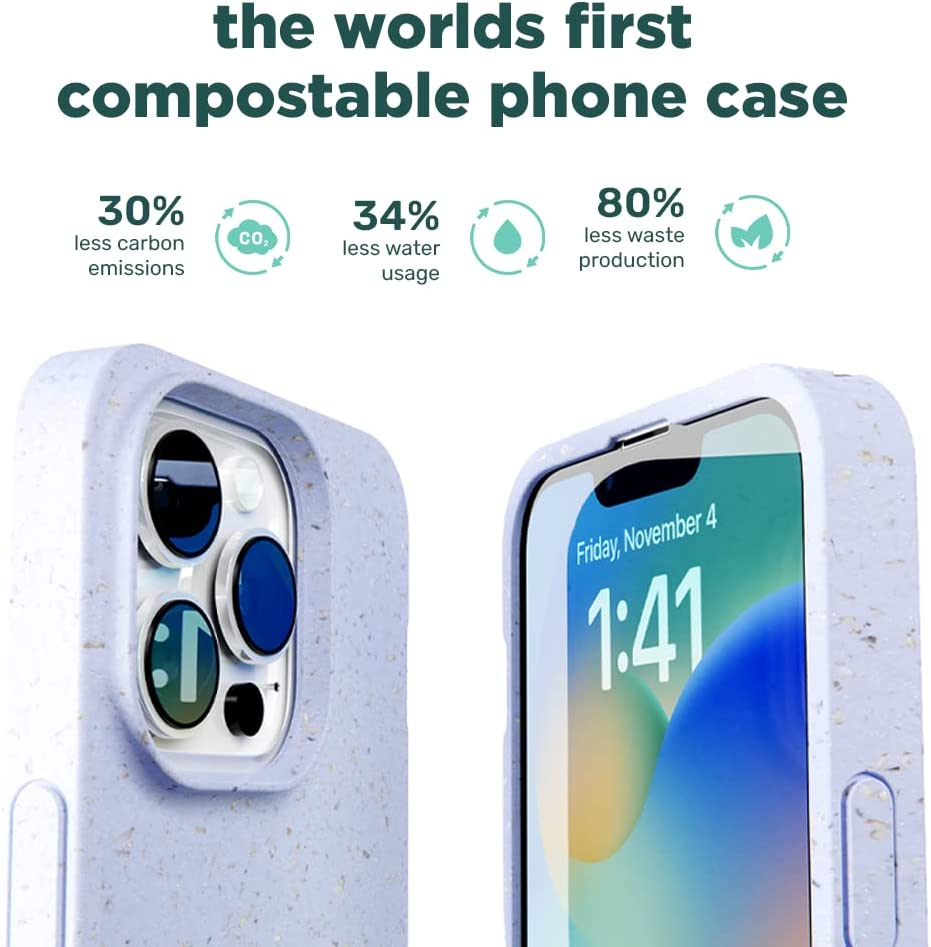
Another great option is SteepLab. This company's sustainable Eco Warrior zero plastic cases are more durable and shock-resistant than plastic cases but still maintain a sleek and polished look. Careful though, not all of SteepLab"s cases are as Eco-Friendly.
ZWM and Granola Gear, along with a few other brands, also offer similar sustainable plant-based cases that are eco-friendly and aesthetically pleasing.

Only Zero Plastic Is Sustainable
Inbeage Earthhever, Wilma and Terrazo may be included in the rank and file of brand names producing sustainable cell phone cases in the biodegradable category, that do just what they say they do. And done with non toxic waste management.
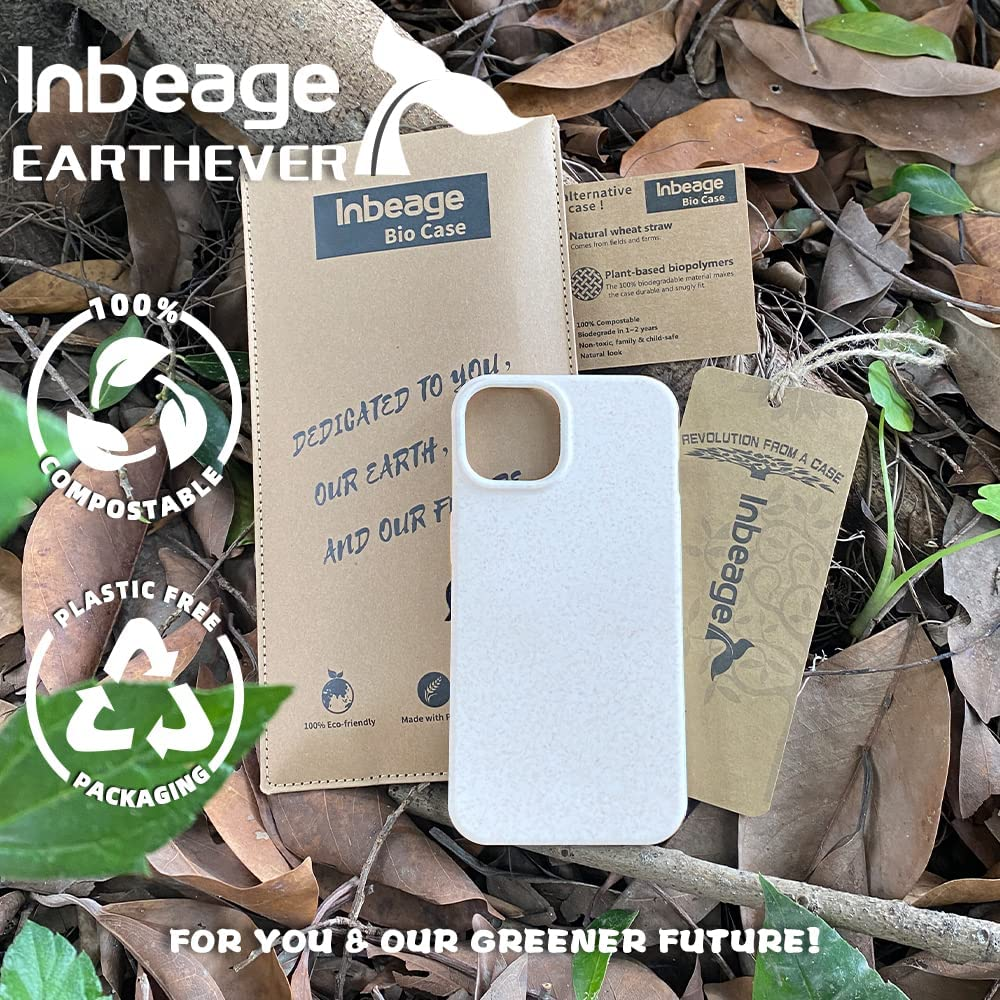
Genuine Leather Options
For those looking for genuine leather phone cases, Snakehive, VISOUL, Bullstrap, Venito, Cretanbull, and Sheldon are all excellent choices that are stylish yet eco-conscious. These brands use only ethically sourced leather and ensure their sustainable production and waste management is environmentally responsible.

Don't Fall For Faux Imposters
Ah yes, the age-old tale of businesses trying to pull the wool over our eyes with their faux plastic leather. The dangers of such imitations are aplenty, my friends. Allow me to regale you with some facts and details.
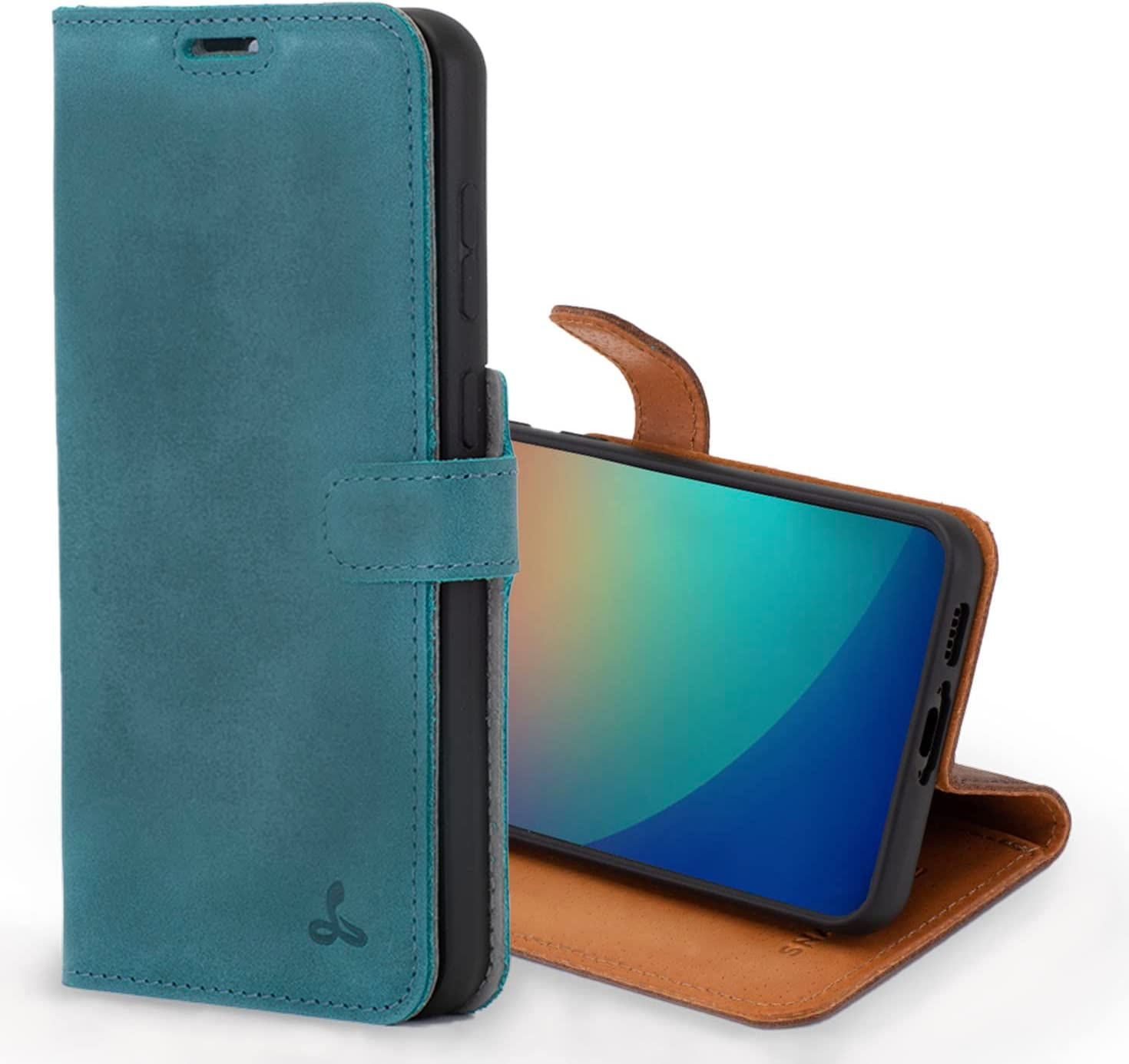
First off, let's talk about durability. Sure, a fake leather case may look like the real deal when you first lay your eyes upon it. But let me tell you, it won't hold up for long. Plastic-based materials simply don't have the same durability as genuine leather, which can withstand wear and tear much better.
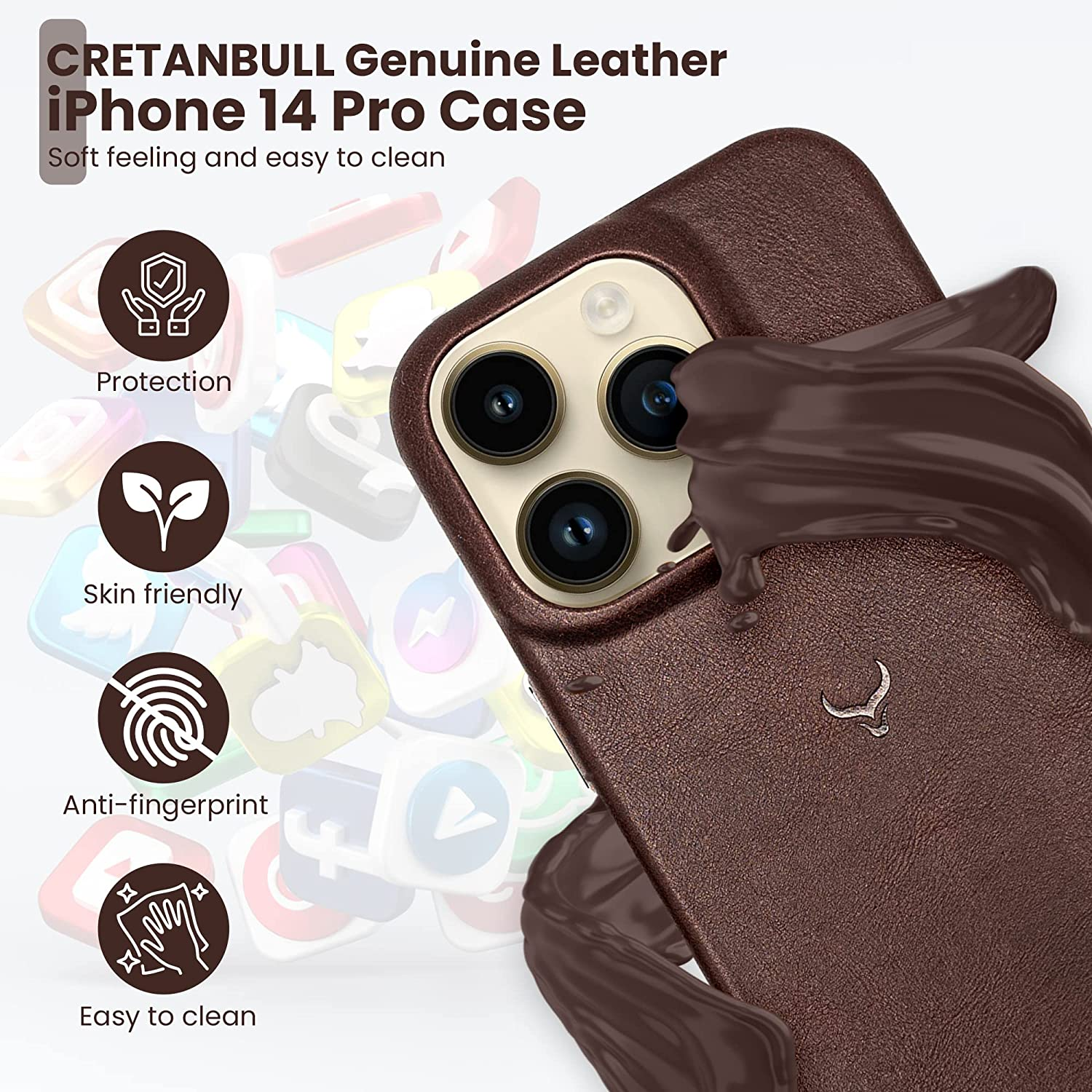
Never to forget it's hardly a sustainable choice for the environment. You see, faux leather is often made from PVC, which is a type of plastic that emits the same harmful chemicals during production AND disposal. Leather, on the other hand, is a natural material that can be recycled and biodegraded without harming the environment.
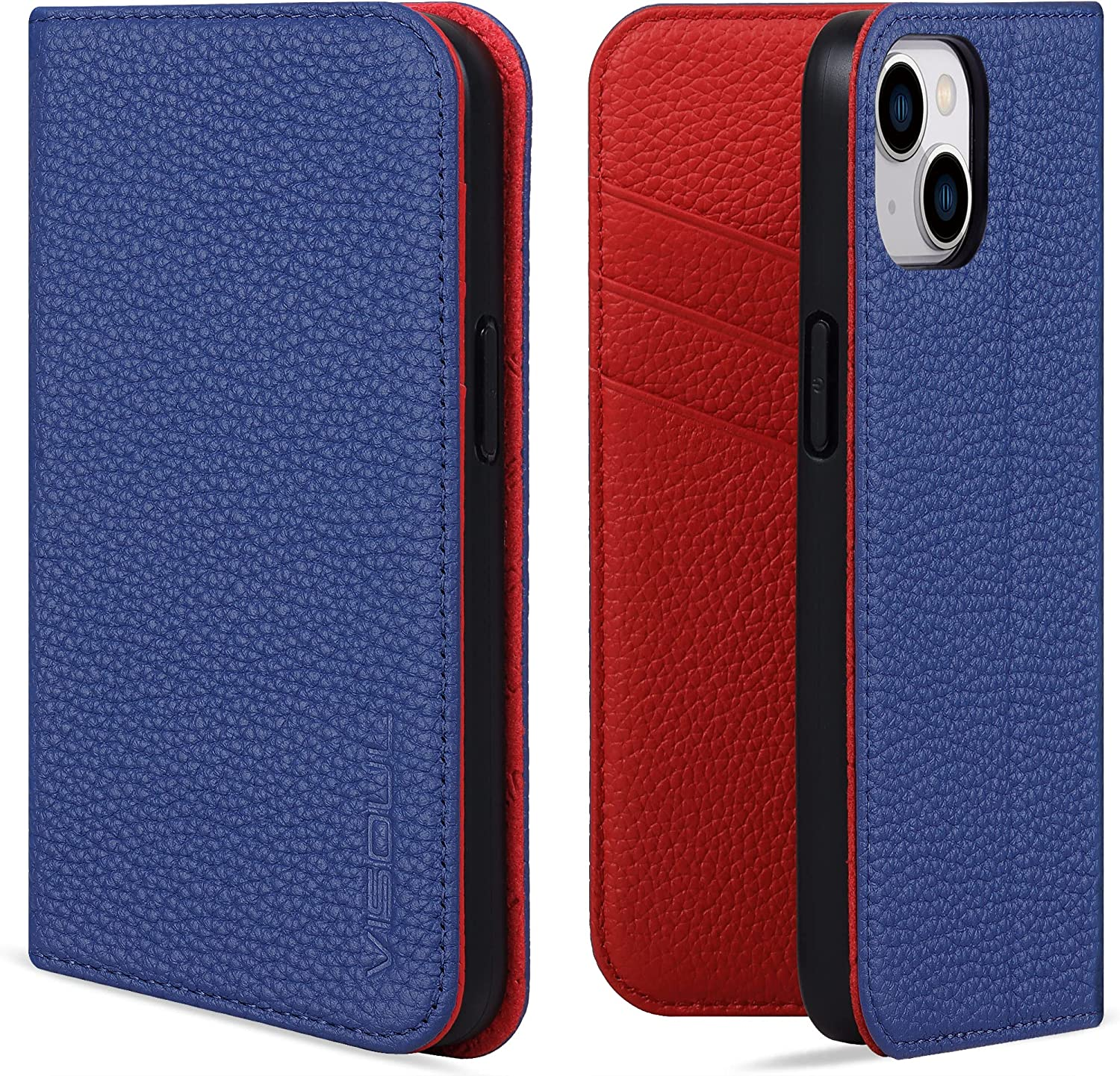
Fake Is Just Not The Same
And let's not forget about the tactile experience. There's just no substitute for the soft, supple feel of genuine leather against your skin. Faux leather, on the other hand, can feel cheap and plasticky, leaving you feeling underwhelmed and disappointed.
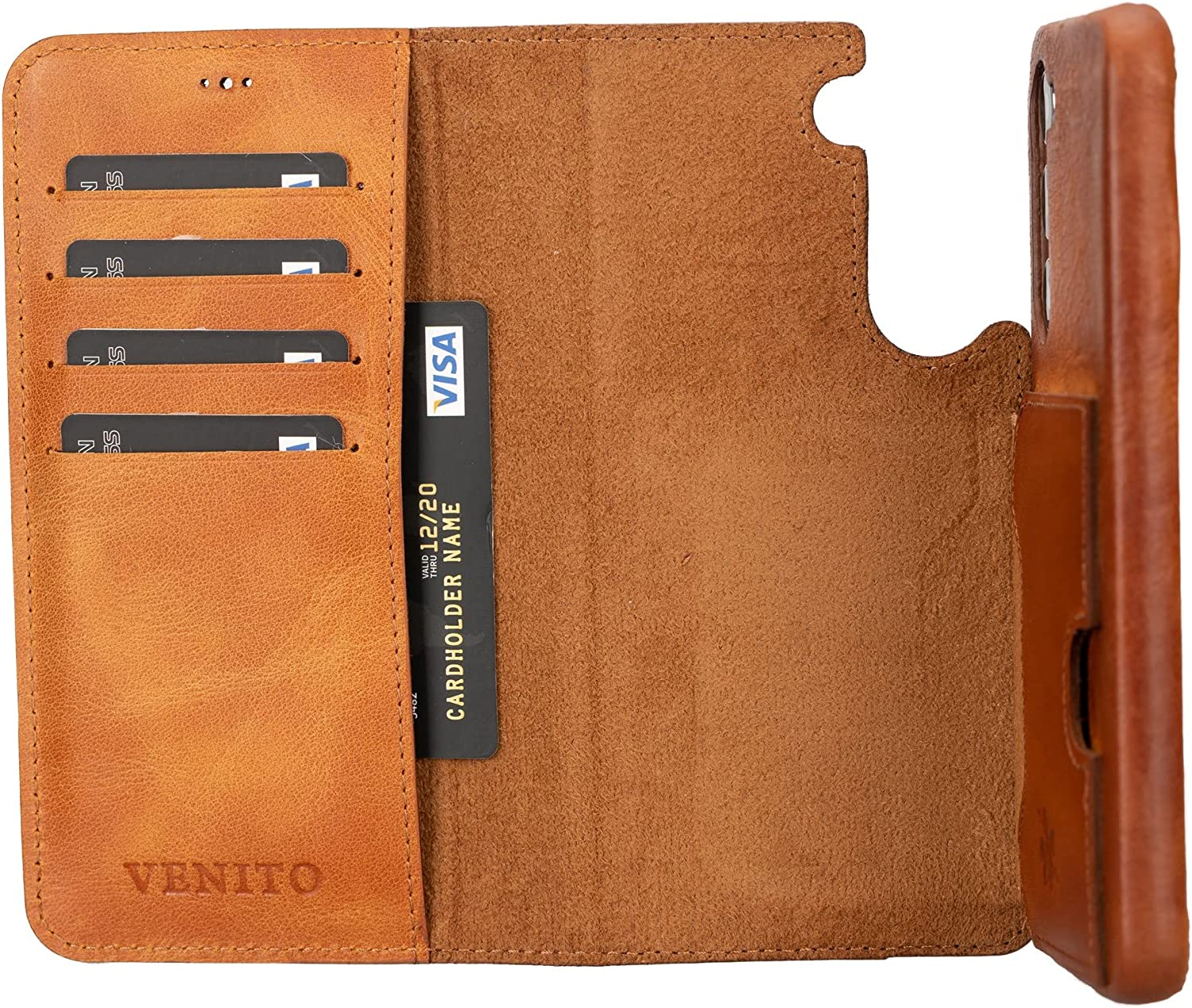
So, friends and neighbors, no substitute for the genuine article. The next time you're tempted by a fake leather cell phone case (or anything else faux for that matter), remember the dangers of such imitations. Don't settle for less than the real deal - your phone (and your wallet) will thank you for it.
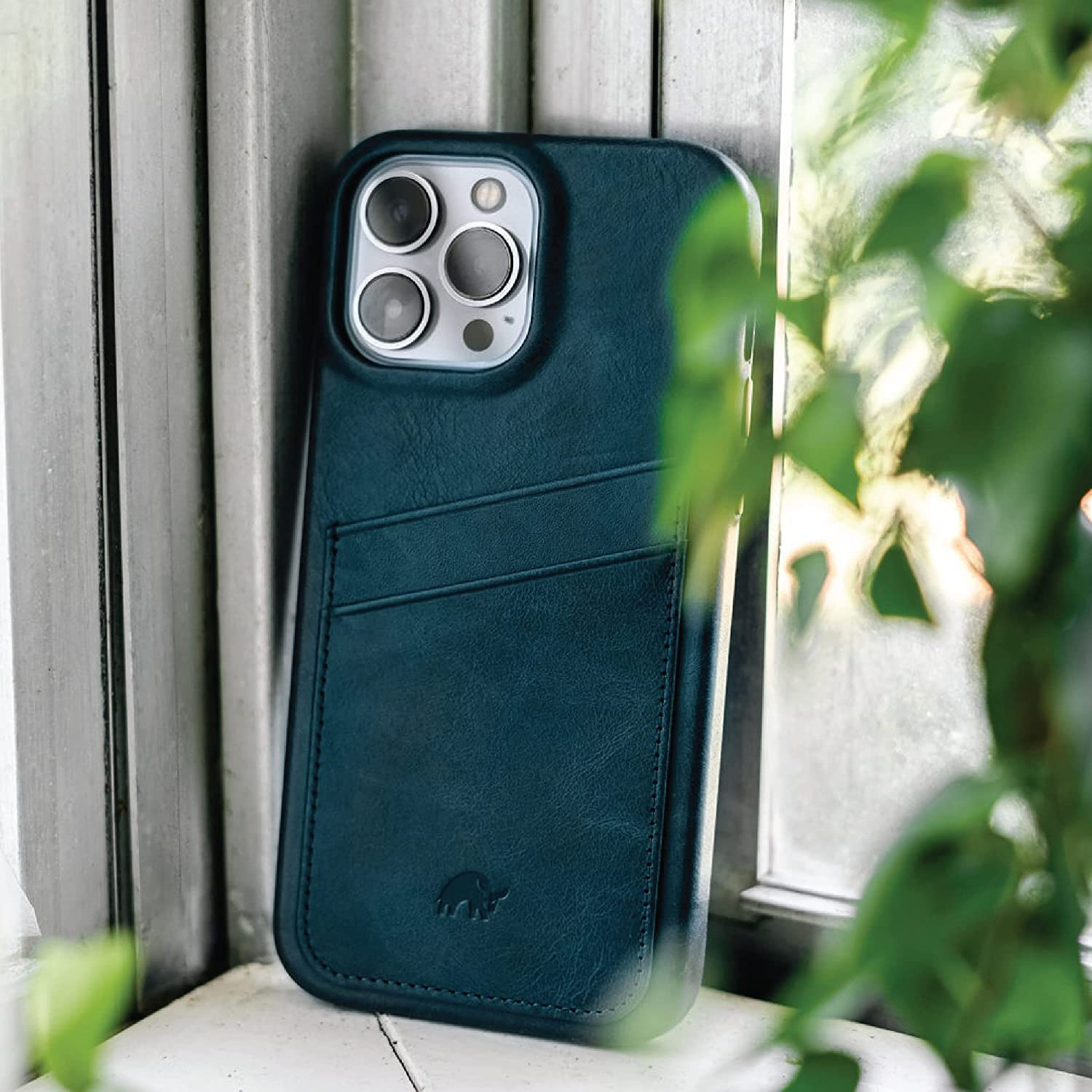
Bullstrap
Wood Cell Phone Cases
A non plastic wood case option is actually harder than appears. While several wood cases are available, invariably most turn out to contain (you guessed it) plastic. But if you're looking for something sustainable in wood, and yes it's rather unique, Loom and Lore offers real sustainable wood cases that look and feel great on your phone while providing sufficient protection from bumps and scratches.
Loam & Lore cases are made from hand-polished hardwoods, like walnut and cherry, making them both durable and stylish. Any plastics are true bioplastics derived from wheat straw. Beware of other trade names marketing nice wood cases but also include that dreaded plastic:
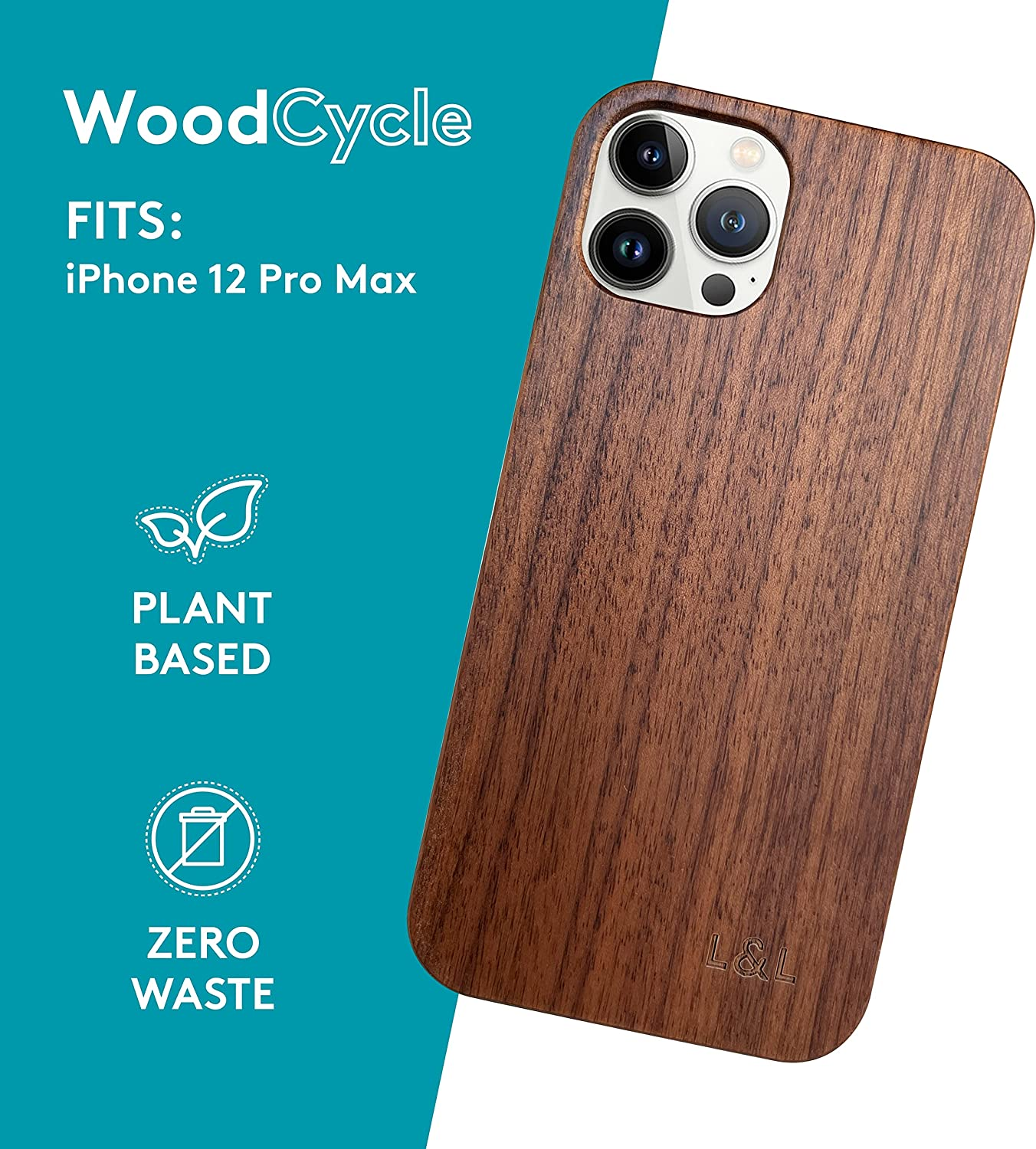
Loam & Lore wood and wheat bioplastic and also comes in bamboo
Watch For Hidden Plastics
Loam & Lore is an excellent company. Any plastics are true sustainable bioplastics derived from wheat straw. Many businesses produce attractive wood cases that unfortunately include plastic: iATO in one. Some biodegradable brands sneak in PU (plastic) liners, or TPU. Of all the wood cell phone cases NoPlastics reviewed, only Loam & Lore gives you the one truly plastic free.

Yep, be wary of those other makers with a wood overlay only in structure, supported by PU/TPU, (plastic) or perhaps in its microfiber lining,. Sometimes that microfiber is named, sometime not identified at all.
Unless we can rely on the eco-policy of a brand's business, we may assume that lining to most commonly be another form of low cost plastic.
TPUs Commonly Used: But What Is It?
Well, well, well, looks like TPU is the sneaky little devil in the biodegradable world. Sure, it may degrade faster than plastics, but what good is that if it still contributes to the micro-plastics plague? Let me tell you, dear reader, the dangers of TPU are not to be trifled with.

P Life made from cork - naturally shock absorbent
Pesky Hidden Microplastics
First off, TPU, or thermoplastic polyurethane for you science and engineering buffs out there, is a type of plastic that's commonly found in biodegradable phone cases. While it may break down quicker than traditional plastic, it still releases micro-plastics into the environment. And let's not forget that these cases are usually thrown away after a short period of use, further contributing to the waste problem
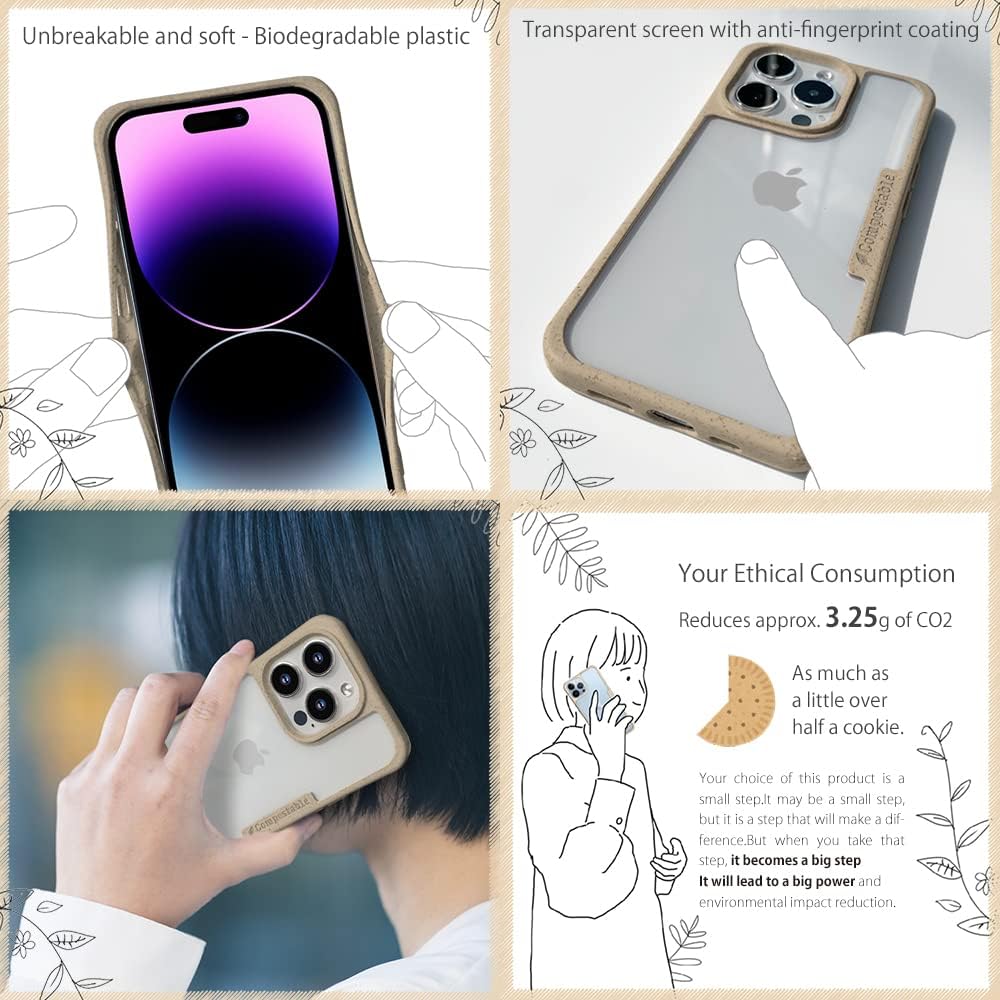
AnglersLife Compostable Case
Woodcessories makes a wood case (contaminated with plastic) but they also make one entirely from wheat bioplastic (not available as of this writing)
It Gets Even Worse
But wait, there's more! TPU has also been linked to negative health effects in humans. Research has shown that TPU can release harmful chemicals such as bisphenol A (BPA) and toluene diisocyanate (TDI) when exposed to heat. These chemicals have been linked to reproductive problems, respiratory issues, and even cancer. Yikes!
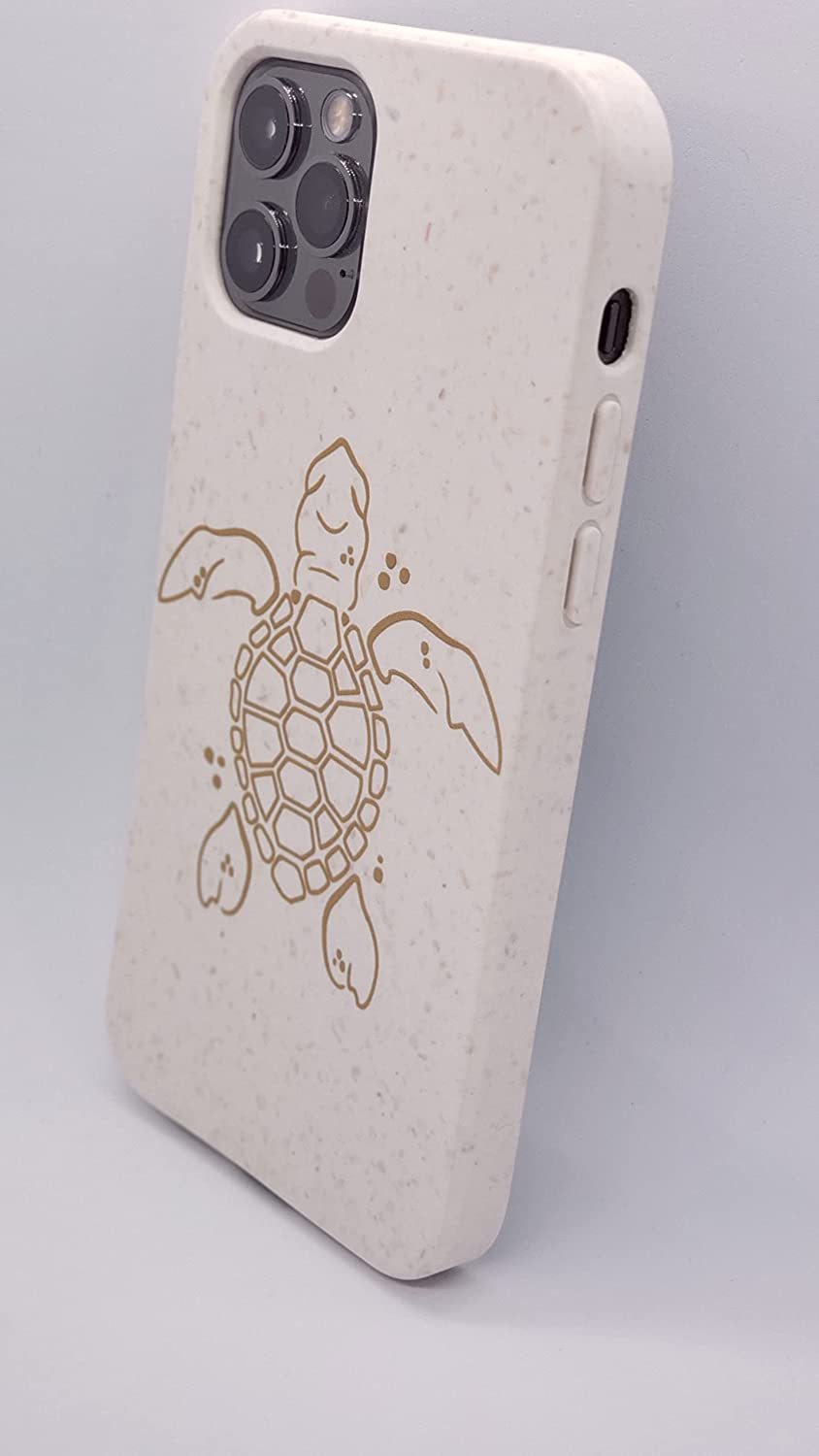
Weeded Out The Plastics For You
So we we don't have to avoid biodegradable phone cases altogether, just those sneaky TPUs. Many a businesses these days embraced the zero waste objective in their services, providing sustainable low cost options, without all that plastic waste.
It's important to do your research and choose carefully. No Plastics has done the research here for you. After all, we only have one planet, and we should do everything we can to protect it..
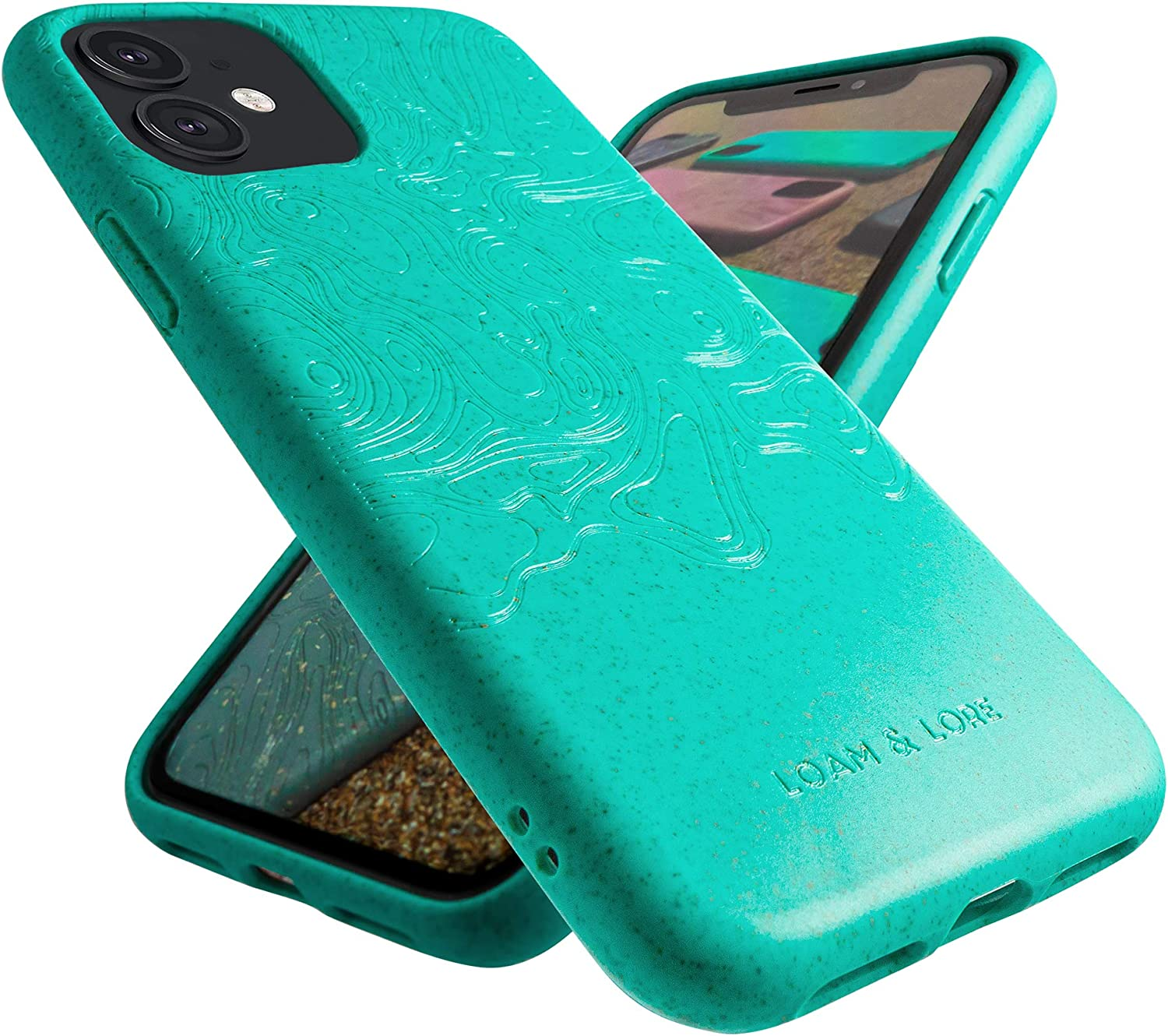
Loam & Lore also makes biodegradable wheat straw cases in addition to their excellent wood cases of bamboo, walnut and other hardwoods.
The more companies can specifically identify their source materials the better. Many do not, so we cannot be sure they are sustainable. Other wood cell phone case making brands to avoid include Amnirk, Carveit, Jubeco and Tendlin
What About Silicon?
Of course there are Silicone phone cases, as an option. While at least not plastic, there's a few things to bear in mind when it comes to Silicone. True that it begins as Silica, normally in the form of beach sand, heated to extract Silicon, then comes a complex chemical process resulting in the final Silicone, with its rubbery, somewhat plastic like qualities. Considered earth friendly compared to plastic, because this Silica source material, while not renewable, is at least abundant. Is it sustainable?
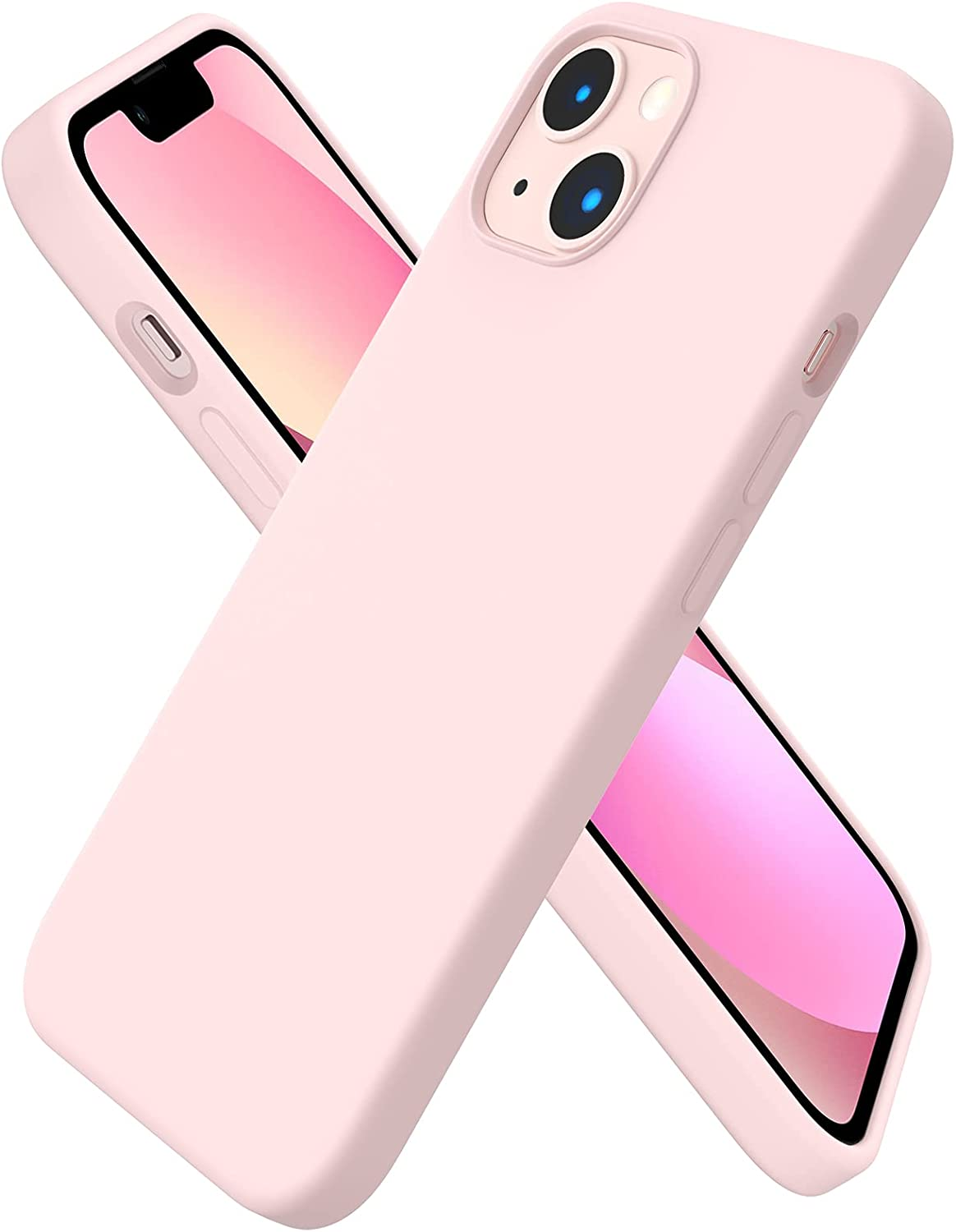
Ornarto silicone with an abundance of color choices
The Problem With Silicone
Ah, silicone. The material that's almost as tricky to recycle as that Rubik's cube you gave up on back in 1987. And yet, silicone cell phone cases are everywhere, tempting us with their sleek designs and their promise of protection against the perils of daily life. But is silicone really the Earth-friendly choice we thought it was?
The short answer is... well, it's complicated. On the one hand, silicone is made from silicon, made from silica - one of the most abundant elements on our good old blue marble. It's also non-toxic, which is always a plus. However, recycling facilities that handle silicone are about as rare as unicorns that can play the harp.
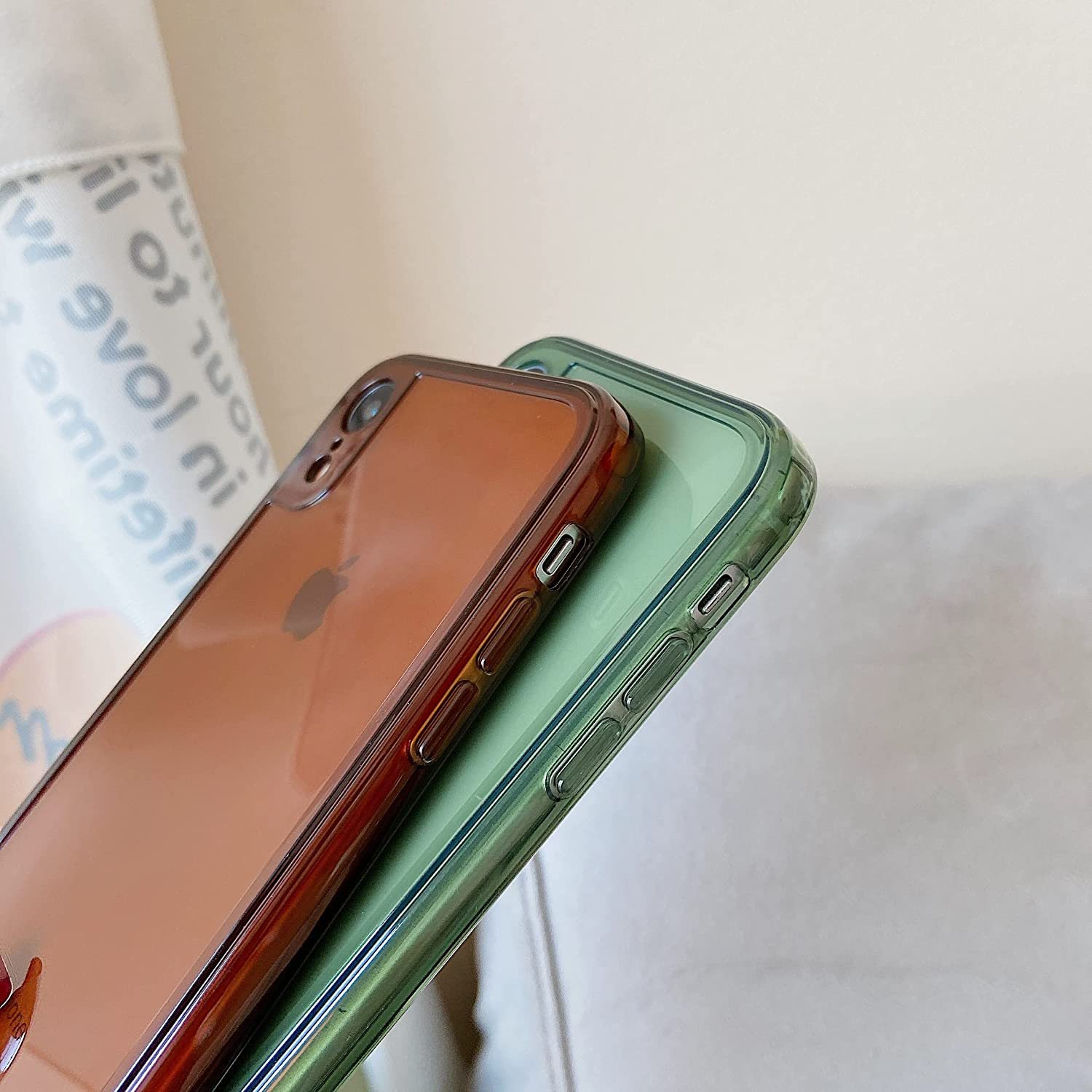
ZTOFERA silicone
What Happens When We're Done With It?
Here's the thing: silicone is a type of polymer, which means it's made up of a bunch of smaller molecules that are chained together. And while some types of polymers can be melted down and turned into something new, silicone is a bit more stubborn. It needs to be broken down into its component molecules before it can be reused, and that's not exactly an easy task.
So, what does all of this mean for your trusty cell phone case? Well, it means that when it's time to say goodbye to your current case, there's a good chance it's going to end up in a landfill, where it will sit for, oh, about a million years before it breaks down. Not exactly a heartwarming thought, is it?
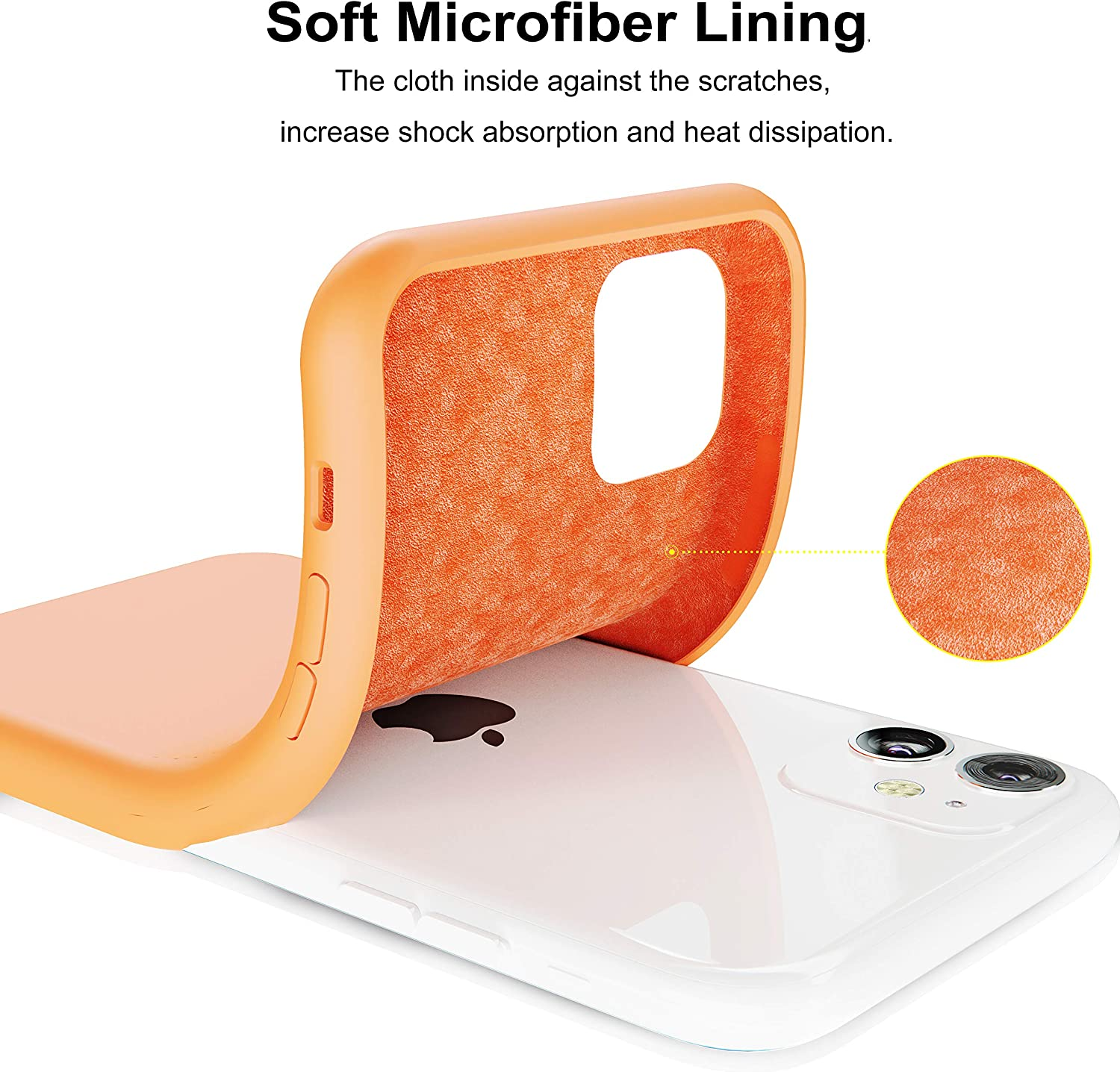
IceSword silicone with silk microfiber lining, but is it really silk?
Trading In All Our Beach Sand
Of course, there are ways to make sure that your silicone cell phone case has as little impact on the environment as possible. One option is to look for cases that are made from recycled silicone, which at least gives that stubborn polymer a second chance. You could also donate your old case to a local electronics recycling program, which might have the capability to break it down and reuse the material.
Recycling Nightmare
The truth is, we might never get all that beach sand back, and we might regret that one day. So, is silicone really Earth-friendly? It's a tough question to answer definitively. But one thing is for sure: if we want to minimize our impact on the planet, we're going to need to get a lot better at recycling this stubborn little material. In the meantime, though, go ahead and rock that silicone phone case. Just make sure you're doing what you can to give it a brighter future.
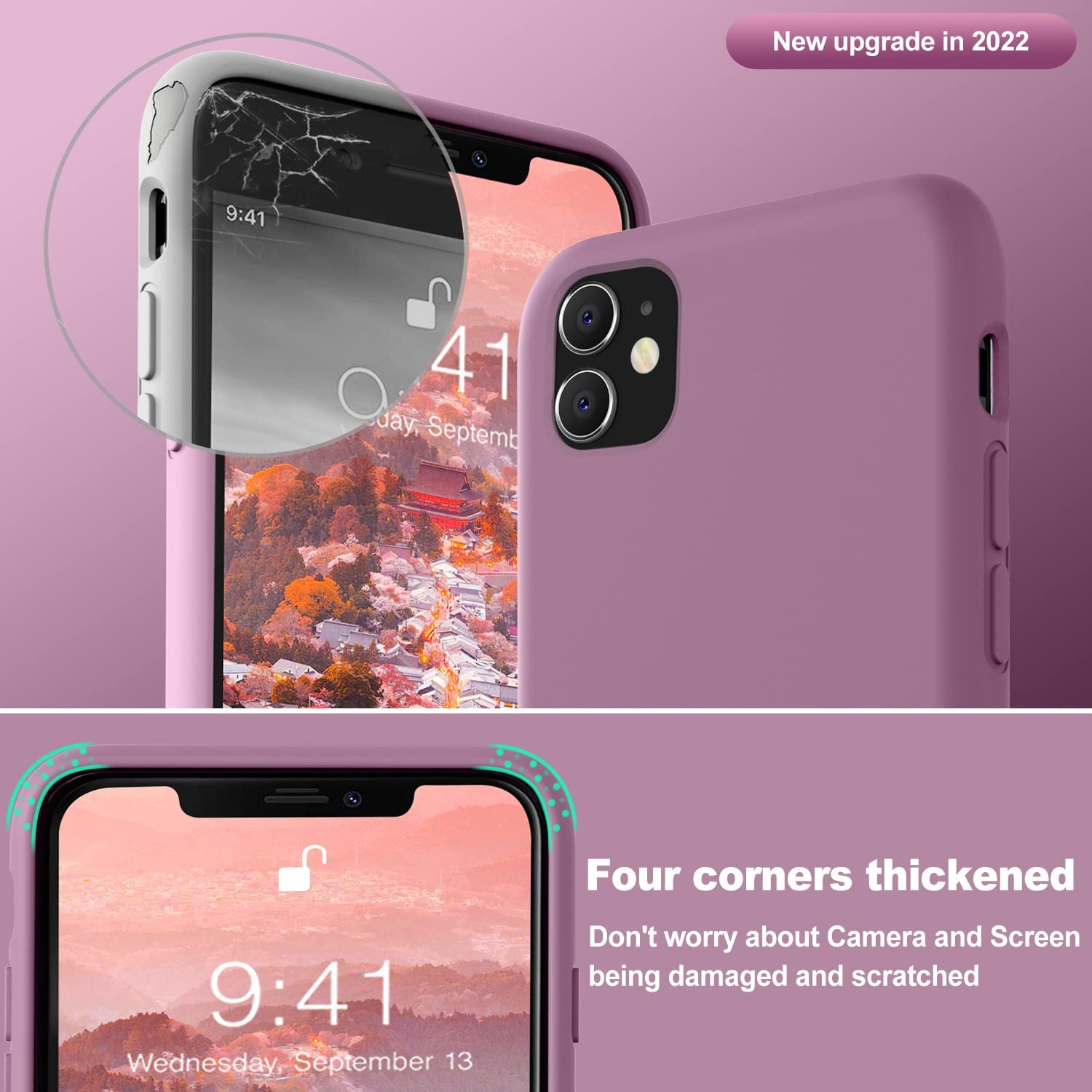
Vooii silicone microfiber lining material also unidentified
Call For Better Waste Management
While there is no contribution to microplastic pollution, its eventual landfill accumulation remains problematic. The chemicals of its makeup is still released, and currently there are few silicone recycling facilities in place this waste.. In essence we are converting our beach sand to a landfill waste that remains for centuries.
It is a fairly serious waste management issue, but at least silicone will not contribute to the microplastics problem. So if Silicone is your non plastic alternative choice, there are brands such as, Ornarto and Ztofera making them as responsibly and as free from harmful chemicals as possible.

Protect Both Phone And Planet
By choosing a sustainable phone case that suits your style and needs. Whether biodegradable and plant-based to genuine leather or wooden. There's something for everyone, and every size phone. By switching to an eco-friendly sustainable phone case, we can all make a contribution to a more sustainable world while still keeping our phones safe and stylish. So, say no to plastics in cases, (and new plastics in general) Let's take a step towards a greener future.
The manufacturing of cell phone cases doesn't have to actually be environmentally un-friendly. While most cell phone cases are commonly made from horrific materials - thermoplastics and thermoset plastics. These materials may sound fancy, but they are essentially different types and properties of lightweight plastic.
Production Of Plastics Is Killing Us
The manufacturing alone, involved in plastics, is killing us. Unfortunately, it's not all rainbows and butterflies. The production of these plastics requires a considerable amount of fossil fuels, which is not sustainable, and not exactly known for eco-friendliness. In addition to this, many of the chemicals used during the creation of these plastics can be harmful to us and the environment.
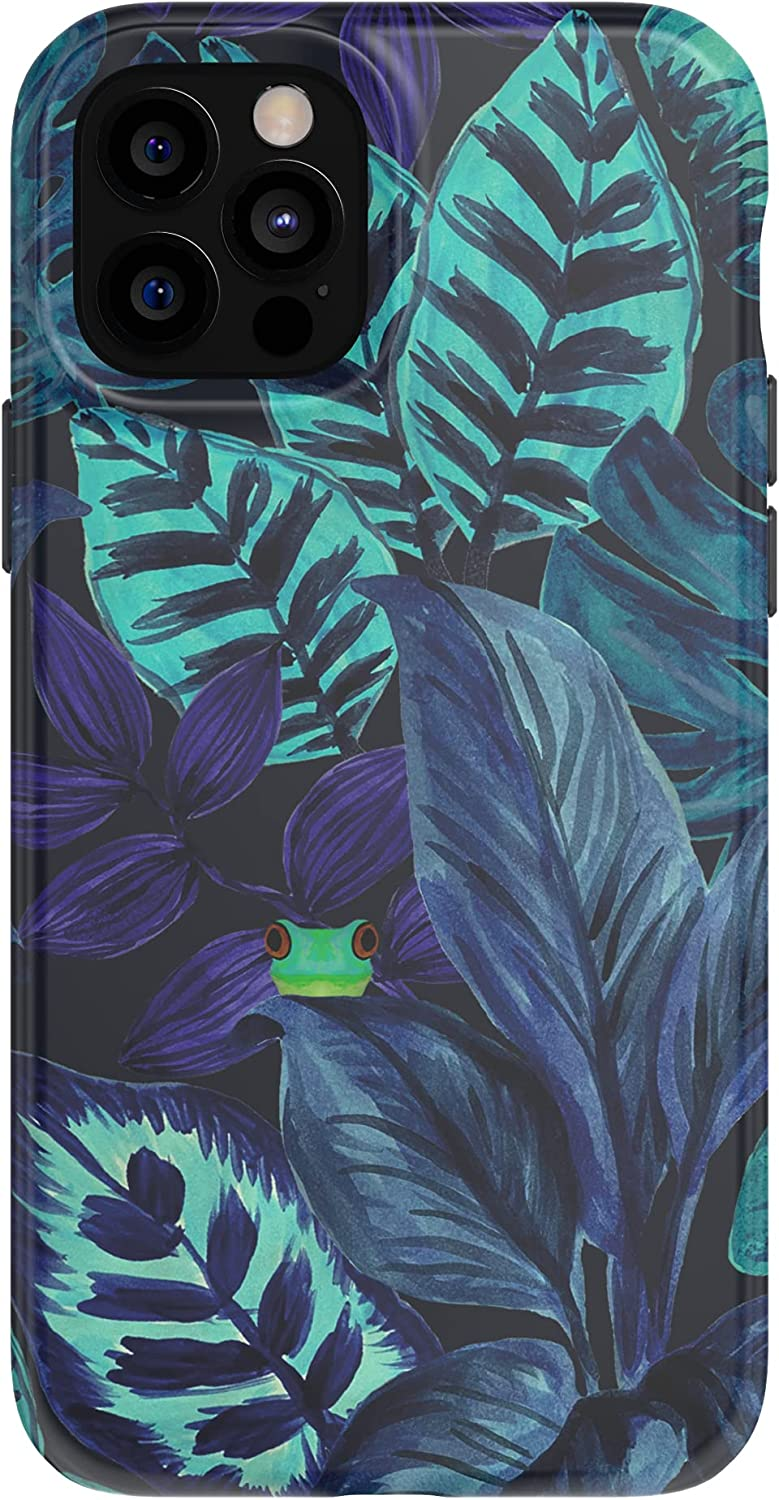
The industrial manufacture of plastic cell phone cases involves some rather energy-intensive methods such as injection molding and ultrasonic welding. Not the greenest techniques out there. Yet there are amazing businesses doing incredibly sustainable things, advancing our future.
What We Don't Buy Matters Too
By no longer purchasing plastic products, including cell phone cases, we make more than a statement. By supporting brands giving us the sustainable products we want, we make a greater statement still. Fear not, my eco-conscious friend, a better world is before us. All we have to do is vote with our wallets. Support those companies that are making strides to create more sustainable and eco-friendly phone cases. Let's just hope more companies follow suit. And we can all feel a whole lot better about what we buy, our phone cases included.
FAQs
What makes a cell phone case sustainable?
A truly sustainable case will return entirely to to planet's biomass with no toxic residues, microplastic particles or petrochemical waste whatsoever. Nothing will persist except that which naturally occurs.
How long will a biodegradable case last?
They will all last well past the life of your phone, for sure. A truly zero waste case may take months to years to fully decompose, but will entirely return to the biomass without inorganic contamination. You can even add them to any standard compost bin. Not true for TPU cases however, although those may degrade much faster, microplastics and all.
Is a leather case really all that earth friendly?
In terms of returning completely to the biomass without microplastics, yes it is. Is it a vegan option? No it's not. Millions of cows are murdered every year in the name of food. The question of our present meat industry's ethics and sustainability is an important one. But in terms of plastics, there is more than enough leather on the planet to render all faux (plastic) leather obsolete. It's simply another source of microplastic.
For more information:
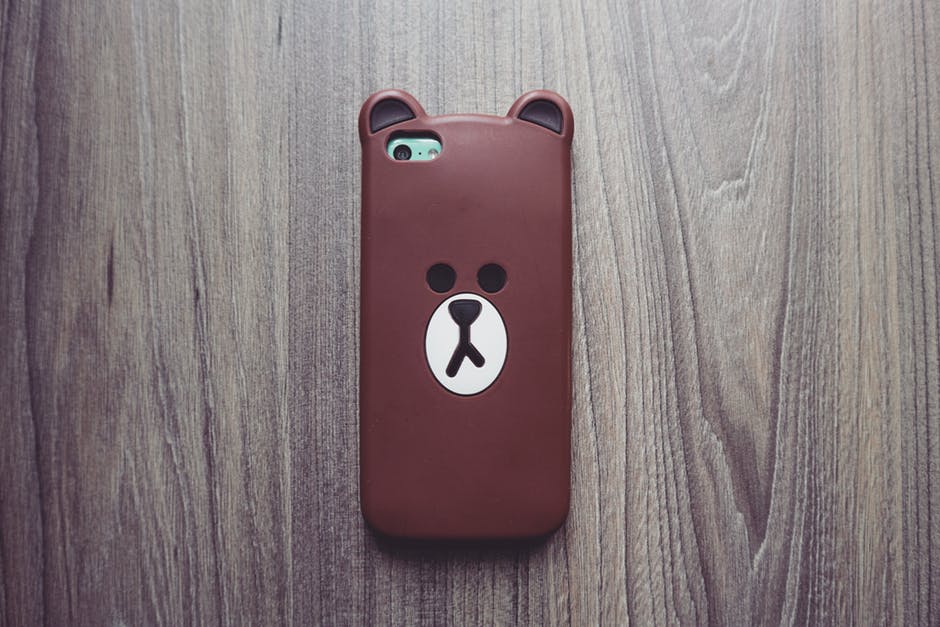


https://www.sciencedirect.com/science/article/abs/pii/S0304389420328260



